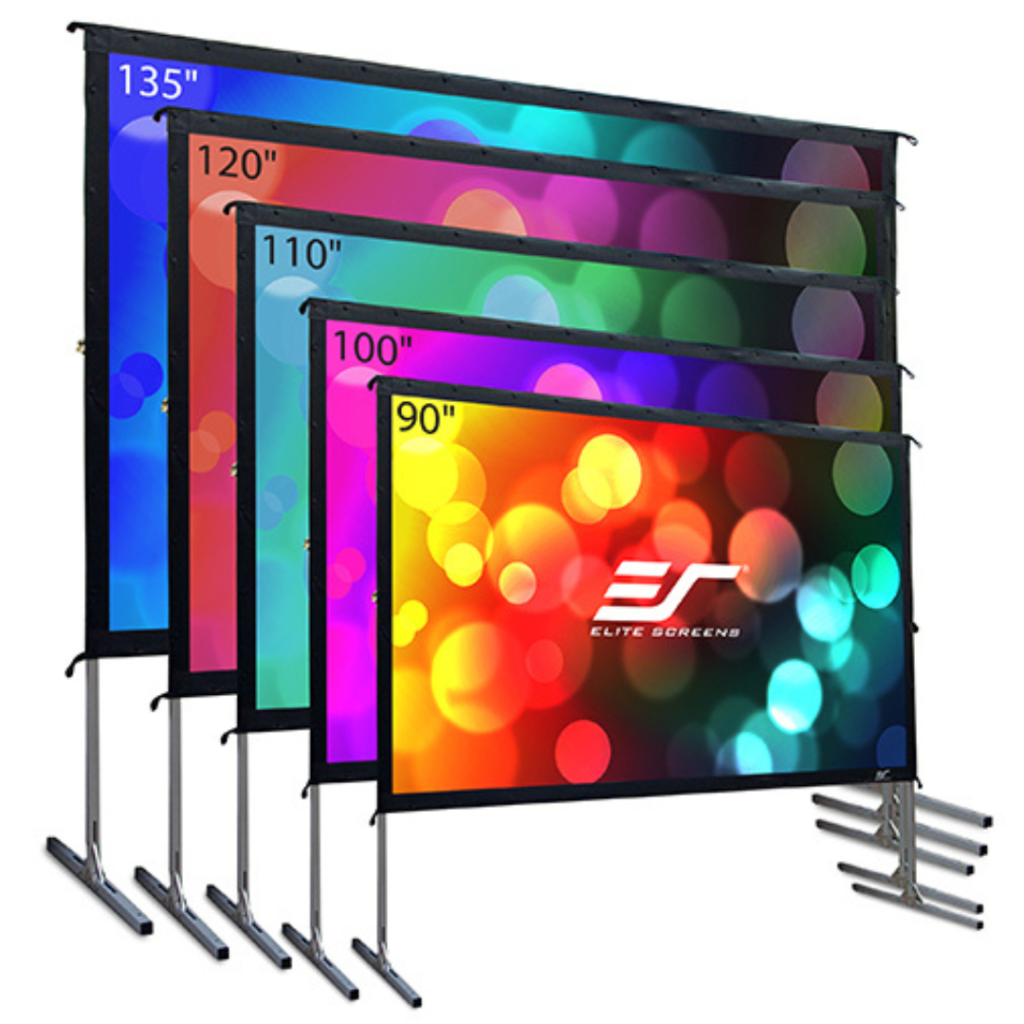
In the world of projectors, rear projection has gained significant popularity due to its unique advantages. It allows for a sleek and unobtrusive setup, with the projector placed behind a translucent screen to project images onto the front surface. This setup is commonly used in home theaters, trade shows, and corporate presentations. However, not all projectors are suitable for rear projection. In this article, we will explore the question, “Can all projectors do rear projection?” and provide you with valuable insights to help you make an informed decision.
What is Rear Projection?

Before delving into the main question, let’s quickly clarify what rear projection entails. it is a technique where the projector is positioned behind the screen, facing the audience. They emit light through the screen, and the image is then displayed on the front surface, visible to viewers. This setup removes the need for the projector to be placed in front of the screen, creating a seamless viewing experience.
Can All Projectors Do Rear Projection?
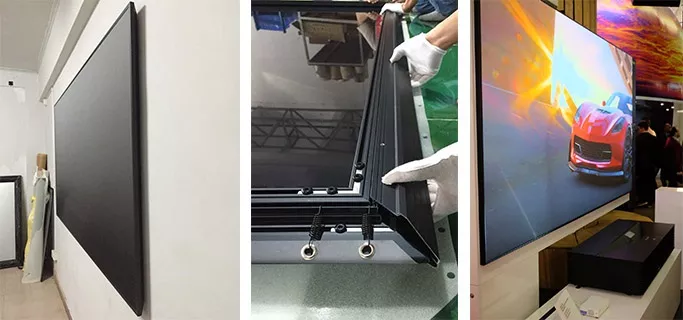
The short answer is no, not all projectors can be used for rear projection. Rear projection requires specific projector features and specifications to ensure optimal image quality and performance.
Throw Ratio

The throw ratio is a crucial aspect when considering rear projection compatibility. The throw ratio refers to the distance between the projector and the screen compared to the width of the projected image. For rear projection, you need a projector with a short throw or ultra-short throw ratio.
Keystone Correction

This is another important consideration for rear projection. they allow the projector to compensate for image distortion that occurs when the projector is angled or positioned off-center. Not all projectors have advanced keystone correction capabilities, so it’s crucial to choose a projector that can correct the image distortion when placed behind the screen.
Light Output
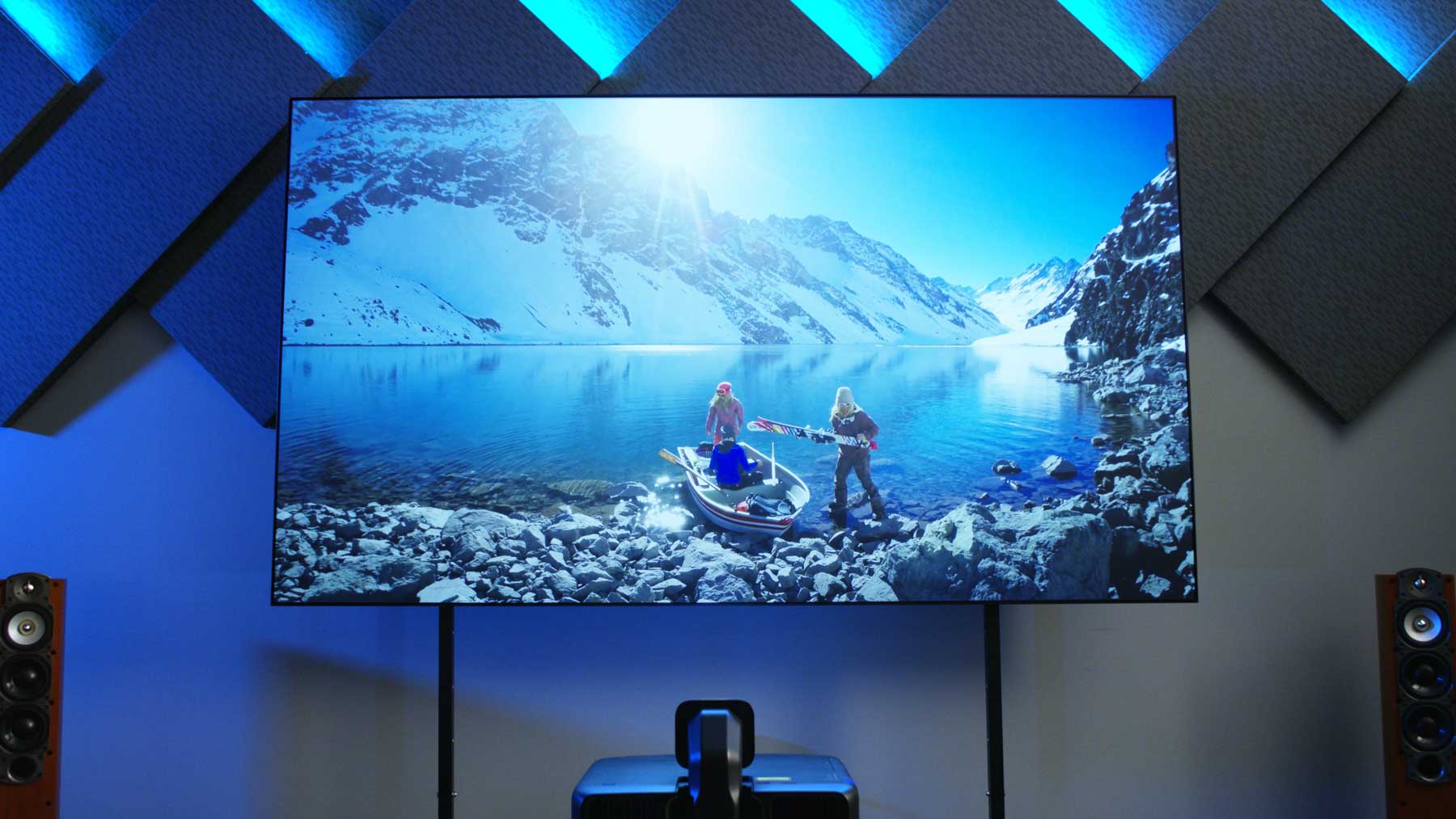
The brightness of the projector, often referred to as the light output or lumens, is a critical factor for rear projection setups. The light needs to pass through the screen material to reach the audience to avoid poisoning behind the screen. Therefore, the projector should have sufficient brightness to overcome any loss of light caused by the screen material.
Screen Material

The choice of screen material is equally important when considering rear projection. To allow light to pass through from the projector we design rear projection screens to preserve image quality and contrast. These screens typically have a special coating or texture that helps diffuse the light evenly and enhance the viewing experience.
Lens Shift and Zoom Range
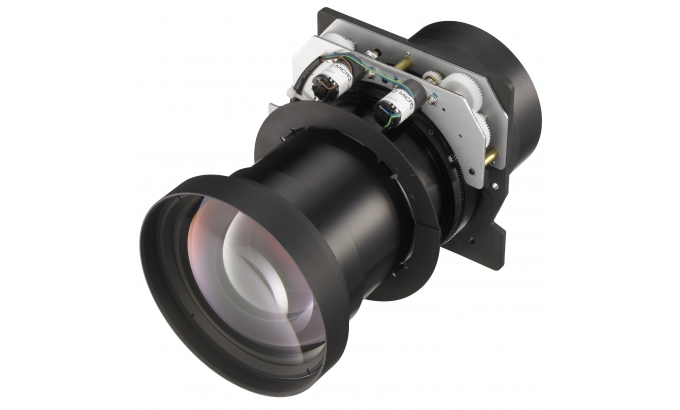
Lens shift and zoom range are features that allow you to adjust the position and size of the projected image without physically moving the projector. These features are particularly useful for rear projection setups, as they provide flexibility in aligning the image precisely on the screen. Not all projectors offer extensive lens shift or zoom range, so it’s essential to choose a projector with these capabilities for easier setup and adjustments.
Cooling and Ventilation
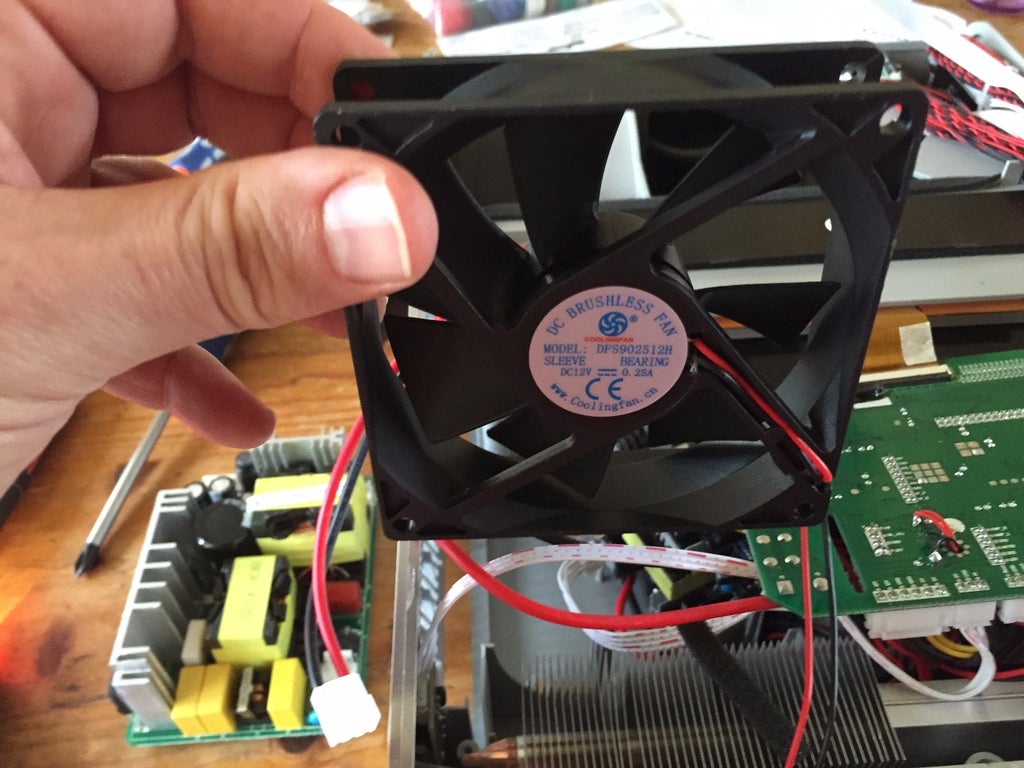
When using a projector in a rear projection configuration, it’s important to consider the cooling and ventilation requirements. Rear projection setups often involve placing the projector in a confined space behind the screen, which can affect heat dissipation.
FAQs about Rear Projection
Here are some faqs to enhance your understanding of rear projection.
1. Can we use rear projection in any projector?
No, not all projectors are suitable for rear projection. Projectors need to have specific features like short throw ratio, keystone correction, and adequate brightness to ensure optimal performance in rear projection setups.
2. Can I use a regular projector with rear projection?
While it’s technically possible to use a regular projector for rear projection, it may not yield the best results. Designed front projection setups for regular projectors, and using them for rear projection might result in image quality and performance issues.
3. What is the ideal throw ratio for rear projection?
Use a projector with a short throw ratio or ultra-short throw ratio for rear projection. These projectors can project a large image from a close distance, which is essential for rear projection setups.
4. Do I need a specific screen for rear projection?
Yes, rear projection requires a specialized screen that allows light to pass through while maintaining image quality and contrast. Rear projection screens have unique coatings or textures that diffuse the light evenly and enhance the viewing experience.
5. Can I achieve the same image quality with rear projection as with front projection?
Yes, when done correctly, rear projection can provide excellent image quality comparable to front projection. However, it’s essential to choose the right projector, screen, and setup to ensure optimal results.
6. Are there any limitations to rear projection?
Rear projection setups require careful planning and consideration. Must ensure the space behind the screen should be sufficient for the projector, and proper cooling and ventilation. Additionally, rear projection might not be suitable for all environments or applications due to specific setup requirements.
Conclusion
In conclusion, not all projectors are suitable for rear projection setups. To achieve optimal results, you need a projector with features like a short throw ratio, keystone correction, adequate brightness, and flexible lens shift and zoom capabilities. Additionally, choosing the right rear projection screen and ensuring proper cooling and ventilation is crucial. By considering these factors and making informed decisions, you can create a captivating and immersive viewing experience with rear projection.